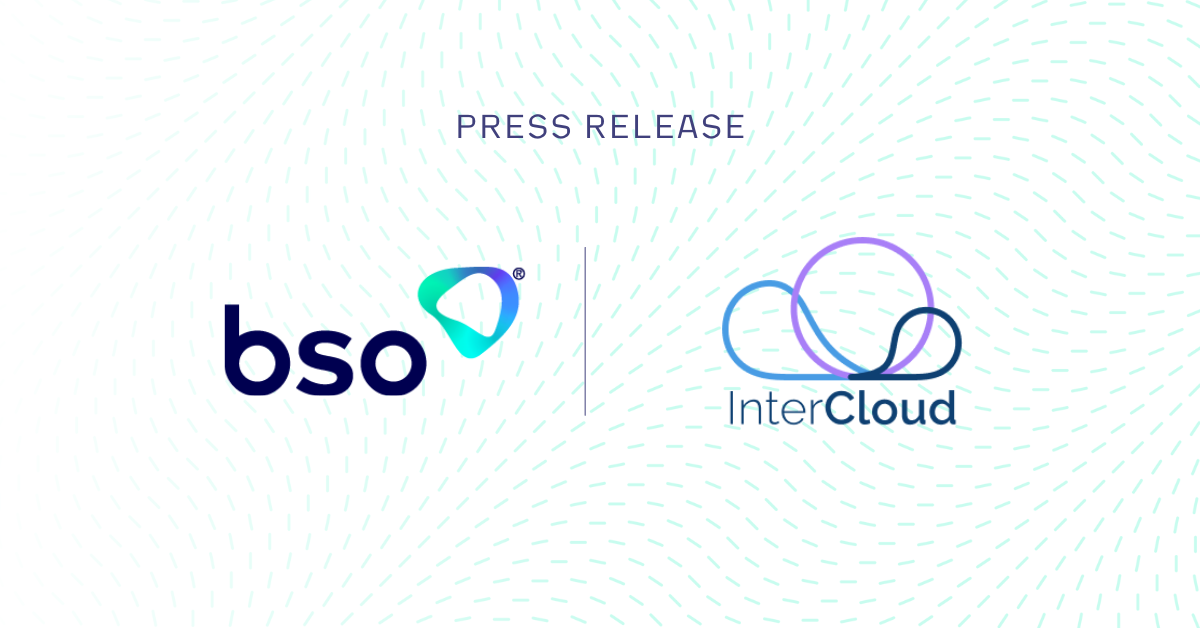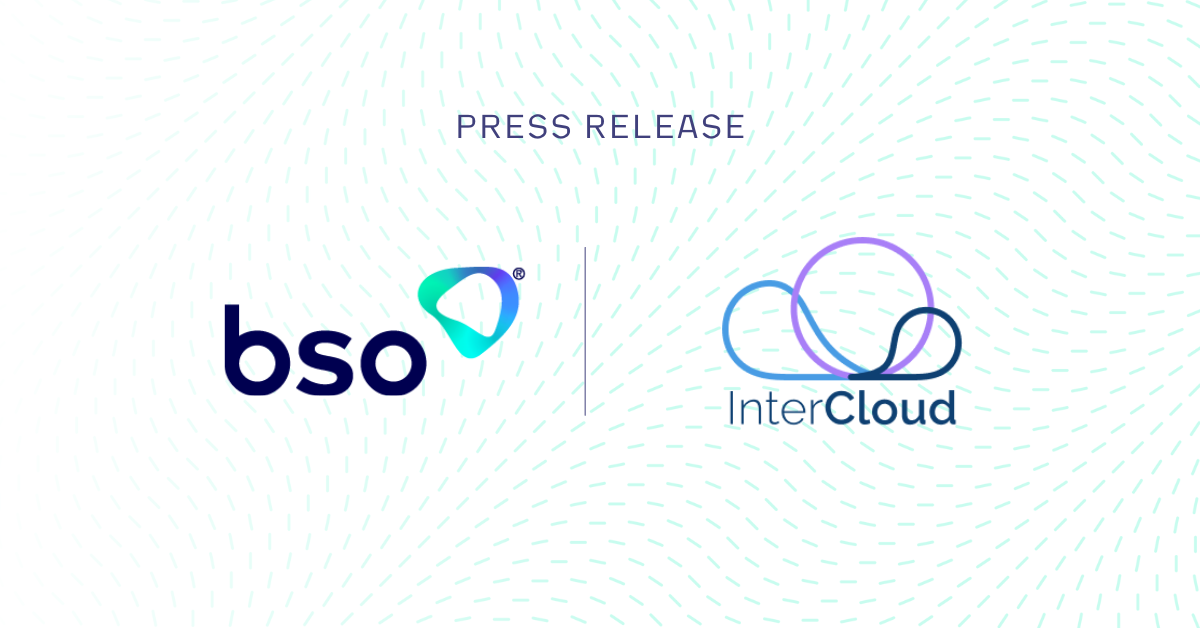BSO: Unleashing the Power of Generative AI: Transforming Industries with Big Data and Low Latency

The history of machine learning, AI and algorithmic trading in capital markets is a fascinating one, characterised by significant advancements that have had, and continue to have, a profound impact on the financial industry. The new era of generative AI brings forth enhanced products and solutions that have the potential to transform how traders engage in the financial market, but to fully leverage the power of AI and ensure its effectiveness, traders need access to exceptional infrastructure solutions.
In this blog, we explore the evolution of machine learning and AI in the financial market, the potential it holds, why infrastructure is crucial for traders employing AI, and how the infrastructure traders choose plays a vital role in their AI-driven success.
Evolution of Machine Learning and Algorithmic Trading in Capital Markets
The early stages of machine learning in the financial sector can be traced to the 1970s, when financial institutions started using computer systems to automate various trading tasks like order routing and execution. Statistical models then started being leveraged in the 1980s, but these lacked sophistication due to the limited machine learning capabilities of the time.
The machine learning techniques most similar to what we use today started gaining prominence in the late 1990s and early 2000s. Neural networks and other algorithms were used to analyse large datasets to identify complex patterns and relationships. These algorithms could process vast amounts of historical market data and make predictions or decisions based on the learned patterns, thus enabling more sophisticated trading strategies and supporting the eventual emergence of high-frequency and algorithmic trading.
Algorithmic trading as we know it today began in the 1990s when advancements in computing power and market data availability were able to facilitate its growth. Rule-based algorithms started being developed to automate trade execution based on predefined criteria and strategies, with the aim of capitalising on price discrepancies, market inefficiencies, and arbitrage opportunities.
Today, machine learning and algorithmic trading continue to evolve rapidly, driven by advancements in computational power, data availability, and algorithmic techniques. The use of machine learning now also extends beyond trading strategies to include risk management, fraud detection, and portfolio optimisation, helping to improve overall trading efficiency.
Revolutionising the Financial Market: Unveiling the Transformative Power of Generative AI
An exciting branch of artificial intelligence underpinned by advancements in machine learning, generative AI has the potential to provide significant benefits to traders in the financial market. By leveraging generative models and algorithms, traders can unlock valuable data-derived insights and strategies to enhance their trading activities. Here are some key ways generative AI can benefit traders:
-
Recognising trading opportunities: Generative AI techniques, such as generative adversarial networks (GANs) and variational autoencoders (VAEs), can analyse vast amounts of historical market data and patterns to identify potential trading opportunities that might go unnoticed by human traders. These models can generate synthetic data that captures the underlying structure of the market, enabling traders to identify profitable trades or market inefficiencies.
-
Improved decision-making: Generative AI enhances traders' comprehension of the market by providing insights into complex data relationships and patterns. Traders can use generative models to simulate various market scenarios, generate synthetic data, and test and validate their trading strategies in a risk-free environment, thus facilitating better decision-making and strategy formulation.
-
Risk identification and management: Generative AI can also help traders identify and manage risks associated with their trading activities by analysing historical data for patterns and anomalies that indicate potential risks or adverse market conditions. Traders can leverage these insights to implement risk management strategies like adjusting portfolio allocations, hedging positions, or setting stop-loss orders.
-
Market trend prediction: Similarly, by analysing historical market data, generative AI models can identify trends and patterns that enable traders to make predictions about future market movements. By generating synthetic data that captures market dynamics, generative models can simulate future scenarios, providing traders with a glimpse into potential market trends. This can help traders adjust their trading strategies and position themselves advantageously in anticipation of market movements.
-
Data-driven insights: By analysing alternative data sources, sentiment analysis, news articles, and social media data, generative models can provide traders with a broader understanding of market sentiment and dynamics which supplement traders' decision-making processes, enabling them to incorporate additional factors beyond traditional financial indicators.
The use of generative AI’s capabilities for trading, as outlined above, is already being seen in the crypto trading sphere. Generative AI is being leveraged by crypto trading platforms to write algorithmic trading code on behalf of traders, making it possible to use natural language probes to generate trading strategies that take advantage of market movements, as and when they occur.
The Need for Exception Infrastructure Solutions
To fully leverage the power of AI and ensure its effectiveness, traders need access to exceptional infrastructure solutions. Firstly, because AI-driven trading systems rely heavily on real-time data processing to analyse market data, high-performance servers and computing resources are essential for handling immense data volumes and performing complex computations within tight timeframes. Robust infrastructure enables traders to process market data in real time, ensuring they have the most up-to-date information to drive their trading strategies.
Additionally, because traders need to establish reliable connections with data sources, exchanges, and liquidity providers to receive market data and execute trades swiftly, seamless, high-speed connectivity is crucial for AI-driven trading systems to access and transmit data efficiently. This minimises delays in data transmission, ensuring traders can react quickly to market changes and capitalise on opportunities as they arise.
Low-latency communication is also paramount for accurate decision-making and swift execution in AI-driven trading systems. As such, traders need to ensure that their infrastructure supports low-latency communication between different components of their trading system, such as data processing units, trading algorithms, and execution platforms. With reduced latency, traders are primed to react to market events in near real-time, optimising their trading strategies and achieving competitive advantage.
Furthermore, because AI-driven trading systems handle significant trading volumes and execute trades with minimal latency, they are often considered mission critical. Traders must ensure their infrastructure is reliable, resilient, and capable of handling the high-frequency trading demands of mission critical workloads, so redundancy and failover mechanisms are crucial to mitigating the risks of infrastructure failures and ensuring uninterrupted trading operations.
Finally, any infrastructure supporting generative AI-backed trading activity should be scalable and flexible enough to accommodate changing business needs and growing data volumes. AI-driven trading systems generate and process vast amounts of data, requiring infrastructure that can scale horizontally to handle increased computational demands, while a flexible infrastructure allows traders to adapt their systems to new market conditions, incorporate new data sources, and deploy updated AI models seamlessly.
How Mission Critical Private Cloud and Low Latency Drive Generative AI Forward
Mission critical private cloud infrastructure plays a pivotal role in ensuring the reliability, scalability, and security of generative AI systems, while low latency enables real-time interactions and enhances the user experience. With a mission critical private cloud, traders have access to dedicated resources and complete control over their AI systems, thus ensuring high availability, reliability, fault tolerance, and security.
Reliability and scalability
Mission critical private cloud infrastructure provides traders with a reliable and scalable environment for effectively deploying generative AI models, as well as access to redundant hardware, load balancing mechanisms, and failover systems to ensure continuous operations. The scalability features in private cloud infrastructures also enable traders to handle varying workloads and accommodate increasing computational demands as AI models and data volumes grow.
Security
Because generative AI systems often deal with sensitive financial data and proprietary trading algorithms, robust security measures are essential. Private cloud infrastructures enable traders to implement stringent access controls, encryption protocols, and network segmentation to protect against unauthorised access, data breaches, and cyber threats. Additionally, traders have more control over their security protocols and can adhere to compliance requirements specific to the financial industry more efficiently.
Low-latency
Private cloud infrastructures with high-speed networks and optimised communication channels minimises latency, ensuring fast data processing and response times, while facilitating quick model inference that enables traders to receive timely insights and make prompt trading decisions based on the generative AI models' outputs.
Combining these building blocks, traders can create a robust foundation for deploying and operating sophisticated generative AI models effectively, allowing them to leverage the full potential of generative AI and gain a competitive edge in their trading activities
Summary
As generative AI continues to advance, it holds significant potential to revolutionise trading practices and empower traders with data-driven insights for improved decision-making and performance in the financial market. However, access to exceptional infrastructure is crucial for traders employing these AI-driven systems to succeed.
By investing in robust infrastructure, such as a mission critical private cloud environment, traders can leverage solutions like scalability, security and low latency to optimise the performance of their generative AI trading systems and stay ahead in the dynamic and fast-paced world of financial markets.
The transformative benefits of working with BSO
Real-time data processing, high-speed connectivity, low-latency communication, and mission critical infrastructure are all fundamental for accurate decision-making, swift execution, and competitive advantage in the financial markets. This is why BSO provides traders with the robust, reliable and ultra-low-latency network infrastructure required to handle the immense volumes of data involved in AI-based trading strategies, helping traders to leverage their trading data more effectively than before.
We provide data-intensive trading firms with the critical infrastructure they need to access the global financial market and harness new market opportunities, including private cloud environments and mission critical connectivity. Our network solutions boast 99.99% network availability, over 30 connected stock exchanges, more than 50 cloud on-ramps, and over 240 points of presence throughout the world. With our robust and expert solutions and unparalleled global network footprint, traders and their generative AI systems are fully supported to perform optimally.
Discover the benefits and capabilities of our cloud solutions, or get in touch with our team of connectivity infrastructure experts to learn more.
ABOUT BSO
The company was founded in 2004 and serves the world’s largest financial institutions. BSO is a global pioneering infrastructure and connectivity provider, helping over 600 data-intensive businesses across diverse markets, including financial services, technology, energy, e-commerce, media and others. BSO owns and provides mission-critical infrastructure, including network connectivity, cloud solutions, managed services and hosting, that are specific and dedicated to each customer served.
The company’s network comprises 240+ PoPs across 33 markets, 50+ cloud on-ramps, is integrated with all major public cloud providers and connects to 75+ on-net internet exchanges and 30+ stock exchanges. The team of experts works closely with customers in order to create solutions that meet the detailed and specific needs of their business, providing the latency, resilience and security they need regardless of location.
BSO is headquartered in Ireland, and has 11 offices across the globe, including London, New York, Paris, Dubai, Hong Kong and Singapore. Access our website and find out more information: www.bso.co
SALES ENQUIRY
Get in touch now. Find out how we can transform your business_
You might be interested in_
THE BSO DIFFERENCE
The industries we work across_





/Revolutionising-Connectivity%20BSOs-Tailored-Cloud-Solution-for-CryptoStruct-GmbH.png?width=1050&height=550&name=Revolutionising-Connectivity%20BSOs-Tailored-Cloud-Solution-for-CryptoStruct-GmbH.png)
/6%20Cloud%20Best%20Practices%20for%20Financial%20Technology%20Companies.jpg?width=1200&height=600&name=6%20Cloud%20Best%20Practices%20for%20Financial%20Technology%20Companies.jpg)








